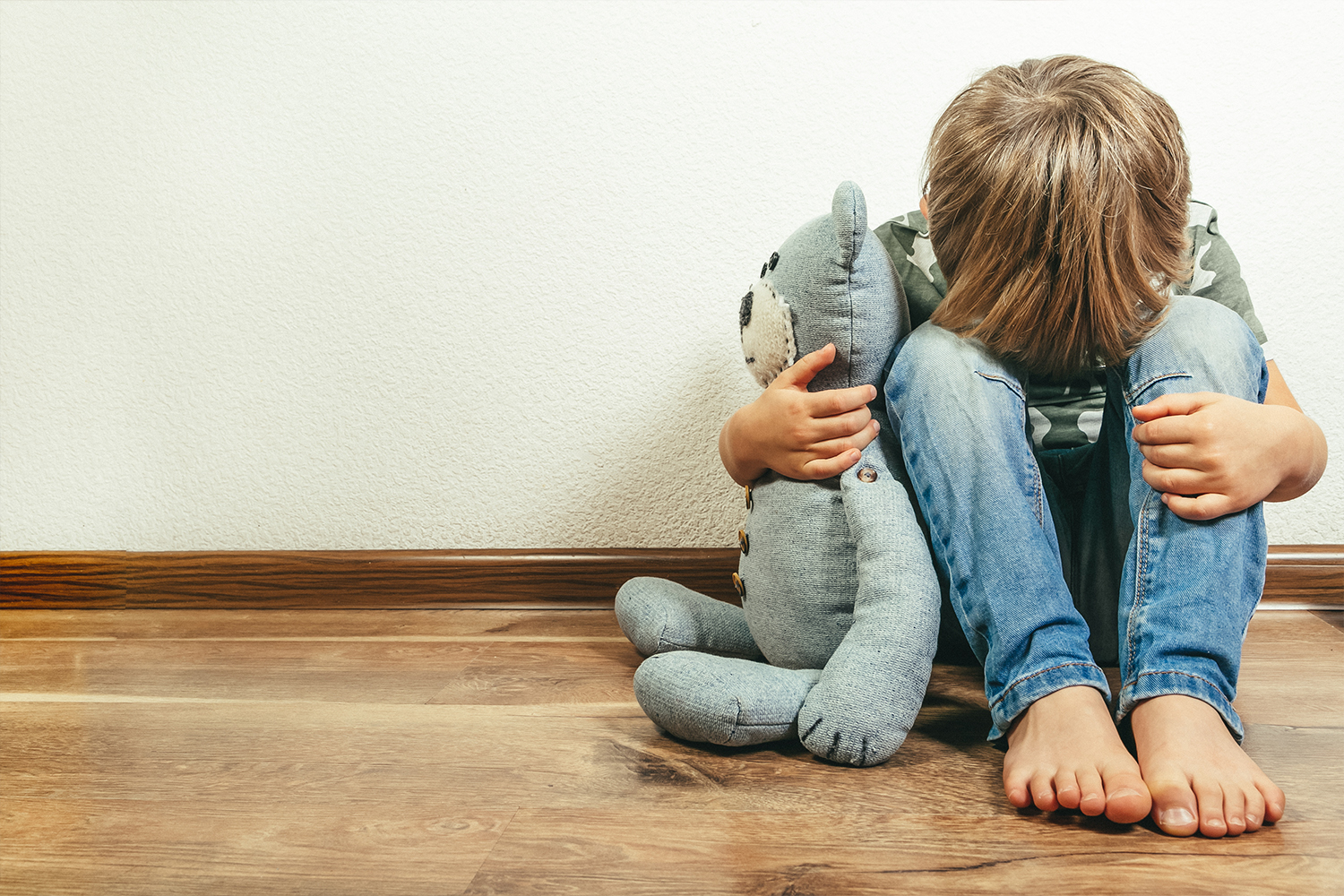What is Social and Emotional Learning (SEL)?

What is Social and Emotional Learning (SEL)?
Social and emotional learning (SEL) is the process through which children and adults understand and manage emotions, set and achieve positive goals, feel and show empathy for others, establish and maintain positive relationships, and make responsible decisions.
These skills pave the way for positive life experiences. When these skills are taught and supported, youth are more likely to succeed academically and have a positive attitude toward self and school, and less likely to experience emotional distress and engage in negative behaviors such as use drugs. Systemic SEL is promoted across multiple contexts every day. SEL is more than just a program or lesson. It is about how teaching and learning happens, as well as what you teach and where you learn.
What are the core components of Social and Emotional Learning (SEL)?
- Self-Awareness-The ability to accurately recognize one’s own emotions, thoughts, and values and how they influence behavior. The ability to accurately assess one’s strengths and limitations, with a well-grounded sense of confidence, optimism, and a “growth mindset.”
- Self-Management- The ability to successfully regulate one’s emotions, thoughts, and behaviors in different situations — effectively managing stress, controlling impulses, and motivating oneself. The ability to set and work toward personal and academic goals.
- Social Awareness-The ability to take the perspective of and empathize with others, including those from diverse backgrounds and cultures. The ability to understand social and ethical norms for behavior and to recognize family, school, and community resources and supports.
- Relationship Skills- The ability to establish and maintain healthy and rewarding relationships with diverse individuals and groups. The ability to communicate clearly, listen well, cooperate with others, resist inappropriate social pressure, negotiate conflict constructively, and seek and offer help when needed.
- Decision Making-The ability to make constructive choices about personal behavior and social interactions based on ethical standards, safety concerns, and social norms. The realistic evaluation of consequences of various actions, and a consideration of the well-being of oneself and others.
10 Things You Can Do at Home to Promote Social and Emotional Learning!
- Focus on strengths. When your child brings home a test, talk first about what he or she did well. Then talk about what can be improved. Praise specific strengths. Don’t just criticize things that were done wrong.
- Follow up with consequences for misbehavior. Sometimes parents say things in anger that don’t curb the behavior in the long run. You might say, “Because of what you did, no television for a month.” Both you and your child know that after one or two days the TV will go back on. Decide on consequences that are fair, and then carry them out.
- Ask children how they feel. When you ask your child about his or her feelings, the message is that feelings matter and you care.
- Find ways to stay calm when angry. It’s normal to get angry or irritated sometimes. Learn to recognize “trigger situations” and do something about them before you lose control. Try taking deep breaths for a few moments. Consider having a “quiet area” where people can go when they are upset. Or you can just stop talking and leave the room for a while. Sit down as a family and talk about what everyone can do to stay calm.
- Avoid humiliating or mocking your child. This can make children feel bad about themselves. It can lead to a lack of self-confidence and, in turn, problems with schoolwork, illness, and trouble getting along with friends. Unfair criticism and sarcasm also hurt the bond of trust between children and parents. Be mindful of how you speak to your children. Give them the room to make mistakes as they learn new skills.
- Be willing to apologize. Parents need to be able to apologize to their children if what they said was not what they meant. Calmly explain what you really wanted to say. By doing this you’re being a good role model. You’re showing how important it is to apologize after hurting someone. You’re teaching that it’s possible to work through problems with respect for the other person.
- Give children choices and respect their wishes. When children have a chance to make choices, they learn how to solve problems. If you make all their choices for them, they’ll never learn this key skill. Giving children ways to express preferences and make decisions shows that their ideas and feelings matter.
- Ask questions that help children solve problems on their own. When parents hear their child has a problem, it’s tempting to step in and take over. But this can harm a child’s ability to find solutions on his or her own. A helpful approach is to ask good questions. Examples include, “What do you think you can do in this situation?” and “If you choose a particular solution, what will be the consequences of that choice?”
- Read books and stories together. Reading stories aloud is a way to share something enjoyable and learn together about other people. For example, stories can be a way to explore how people deal with common issues like making or losing friends or handling conflicts. Ask your child’s teacher or a librarian to recommend stories on themes that interest you and your children.
- 10. Encourage sharing and helping. There are many ways to do this. Together you and your child can prepare food in a homeless shelter or go on a fund-raising walk-a-thon. You can help out elderly neighbors or needy families. This teaches children that what they do can make a difference in the lives of others



